It would be great if there was a magical button that would put a stop to your milk supply, so you don’t have to learn how to dry up breast milk.
However, if you want to dry up your breast milk safely and effectively, then there are several methods to keep in mind. For example, hand expression is important to prevent engorgement and mastitis, and gradual weaning is gentler on your body.
Whether you are stopping breastfeeding for medical reasons or simply because you don’t want to do it anymore, drying up your supply is a process that can take several weeks and can be very uncomfortable, so be patient.
Stock up on ibuprofen and prepare cold compresses as you wait for the worst of the discomfort to pass but also keep in mind that you will experience some mood changes, too, since breastfeeding is an emotional, as well as a physical, experience.
7 Methods To Dry Up Breast Milk
Here are 7 tried and tested methods that will dry up your supply fast, regardless of whether you’ve been using a breast pump or have been exclusively breastfeeding.
1. Gradually reduce the frequency of nursing or pumping sessions

Can you try to quit breastfeeding cold turkey? Absolutely.
There have been numerous moms who were able to successfully put an abrupt stop to their milk supply without many complications.
However, this still comes with the risk of developing painful engorgement or even mastitis, so I do recommend a gradual approach if possible.
With gradual lactation suppression, you can replace one nursing or pumping session every couple of days with a bottle of baby formula or baby food if your little one is old enough for solids.
This way, your breasts will be able to gradually adjust to the lack of demand and will reduce the milk supply slowly.
In addition, this won’t be as big of a shock for your little one.
However, if you need to quit breastfeeding cold turkey, remember the following tips:
- Hand express a small amount of milk when your breasts get painful but just enough so that the discomfort goes away;
- Use an ice pack or a cold compress to reduce inflammation and pain;
- Wear a comfortable and supportive bra.
Although it’s understandable that you might want to stop your milk production as soon as possible, a gradual approach will dry up your breast milk supply while sparing you the pain and discomfort that comes with stopping cold turkey
2. Start taking birth control pills
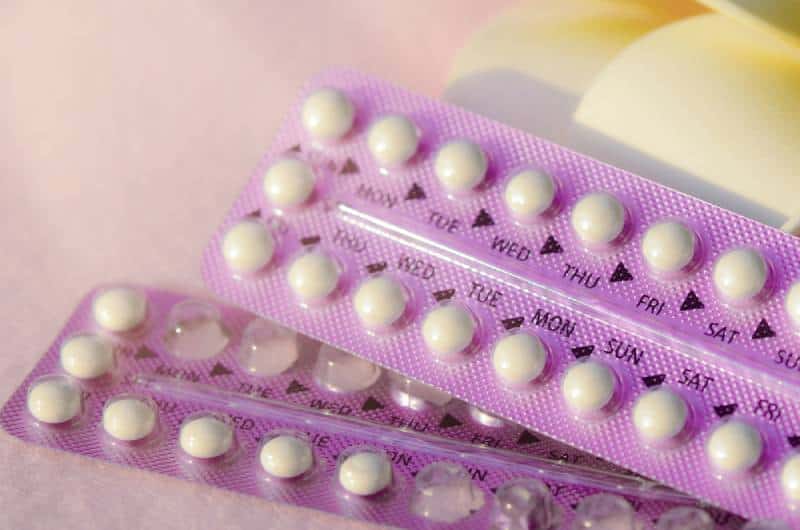
Obviously, this is a step you can take only after consulting with your OB-GYN who will take a look at your medical history and determine which birth control method is the best one for you.
The reason why some contraceptives have been linked to lower milk supply lies in the hormone estrogen.
As a result, breastfeeding moms usually avoid estrogen-based contraception, whether it’s a birth control pill or a hormonal IUD.
Even women who have a good supply and manage to produce enough milk for their baby find their supply drying up after taking this kind of contraception.
Once you start taking birth control with estrogen, you can expect your supply to dry up within a few days, so it’s an effective method that won’t cause breast engorgement, for example.
3. Take decongestants
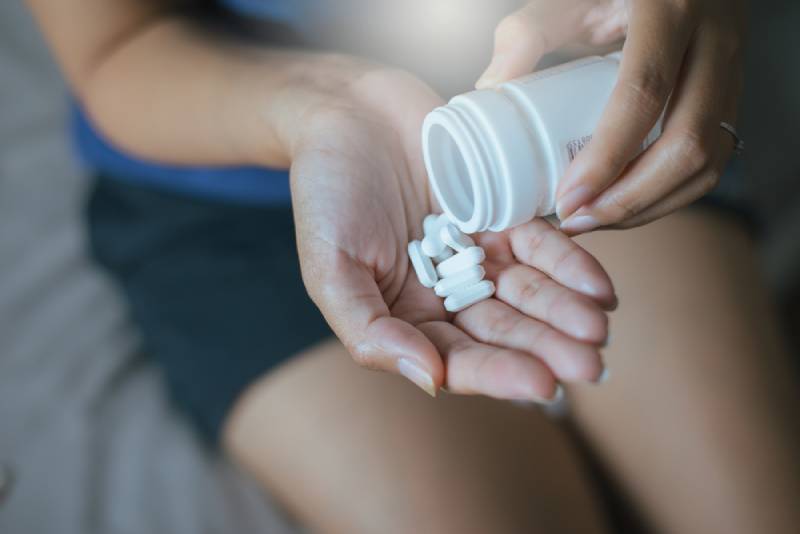
While you were breastfeeding, you knew you had to stay away from decongestants such as pseudoephedrine if you had a cold because it would have a negative effect on your supply.
Now, you can take a decongestant to halt your milk production but only if you have completely stopped nursing your baby, as this medication will be transferred through your milk.
This side-effect of decongestants has even been confirmed through scientific research. One study conducted in 2003, showed that Sudafed (pseudoephedrine) significantly reduced the production of breast milk.
You might need a prescription to take Sudafed, depending on where you live, so talk to your doctor about your options.
4. Apply cabbage leaves
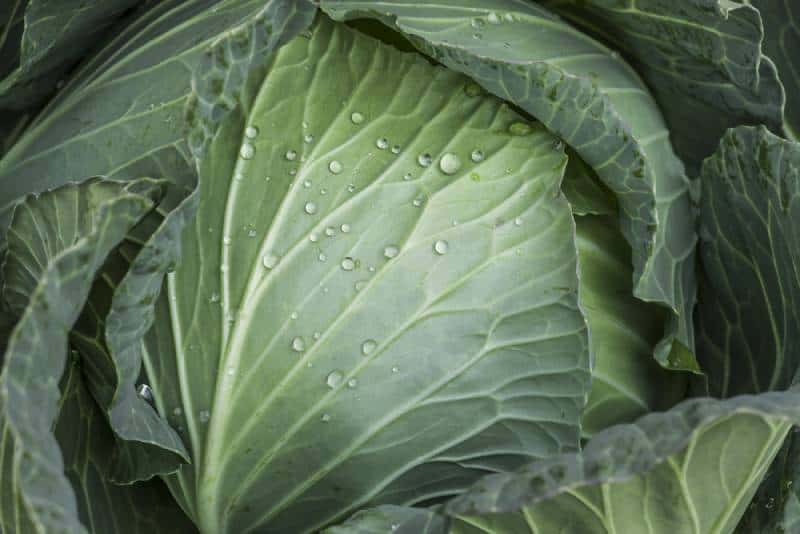
Cabbage leaves are typically used to relieve the pain from engorgement but women also use them to lower their supply. Since this is an easy and inexpensive method to try if you’d like to know how to dry up breast milk, I definitely recommend it.
To prepare the cabbage leaves, wash them and remove the veins on the leaves with a knife. Put the leaves in the fridge to cool. Once they are sufficiently cold, place them inside your bra and leave them in for around 2 hours. Afterward, you can replace them with fresh ones.
If you decide to stop breastfeeding cold turkey, then cold cabbage leaves are a great way to treat engorgement since they are said to reduce the amount of fluid inside the breast, bringing you some relief.
5. Drink sage tea

Sage is a herb that is believed to lower milk production, although there haven’t been any studies that have confirmed its effectiveness in this regard. Still, it’s a safe method that won’t hurt to try.
You can drink 2-3 cups a day, with or without sugar or another sweetener.
There are many companies that make products geared towards new moms, including teas for lactation suppression, so spend a couple of minutes researching different brands and what they have to offer.
6. Binge on peppermint candy
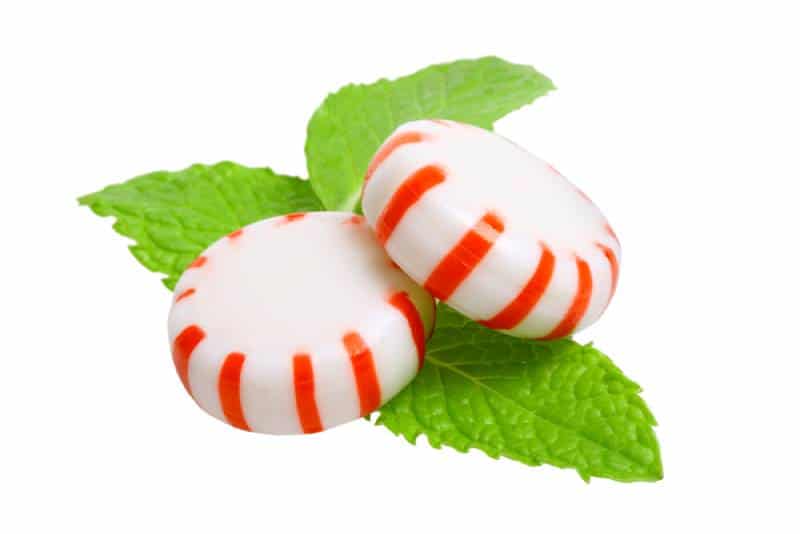
If you used to eat lots of mints before your pregnancy but had to stop once you started to breastfeed your little one, now is a great time to open a new pack of Altoids!
Have a handful every day and see how your milk production changes.
I’m sure you have some peppermint tea in your pantry but in order for it to have any sort of impact on your supply, you’d need to drink gallons of it.
An alternative to eating candy is to get a bottle of peppermint essential oil and rub a few drops on your breasts every day.
7. Try a breast milk suppression cream
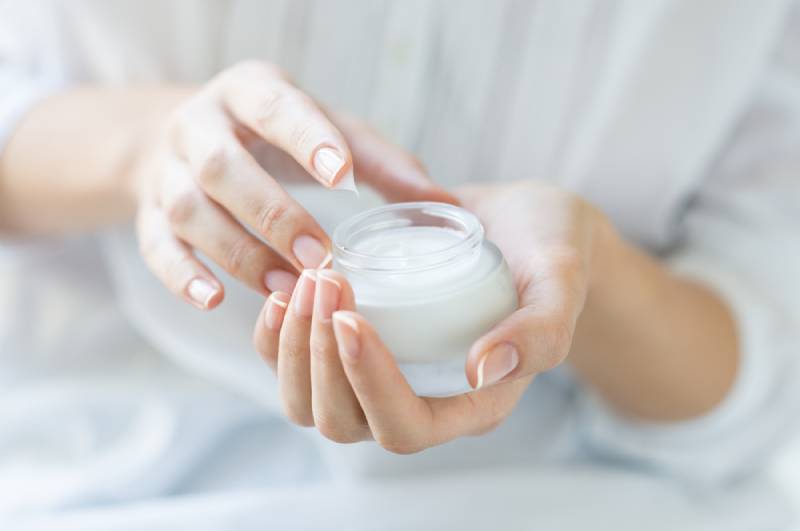
With the exception of birth control pills and decongestants, most tips on how to dry up breast milk rely on home remedies and using fresh produce to lower the production of milk.
But when this doesn’t work, what can you do to make less milk? You can try a breast milk suppression cream that contains ingredients that stop your milk supply.
Moms love this option because it’s easy to use – no cabbage inside your bra – and it’s quite effective, especially for women who have had no luck with other treatments.
What about lactation suppression medication?
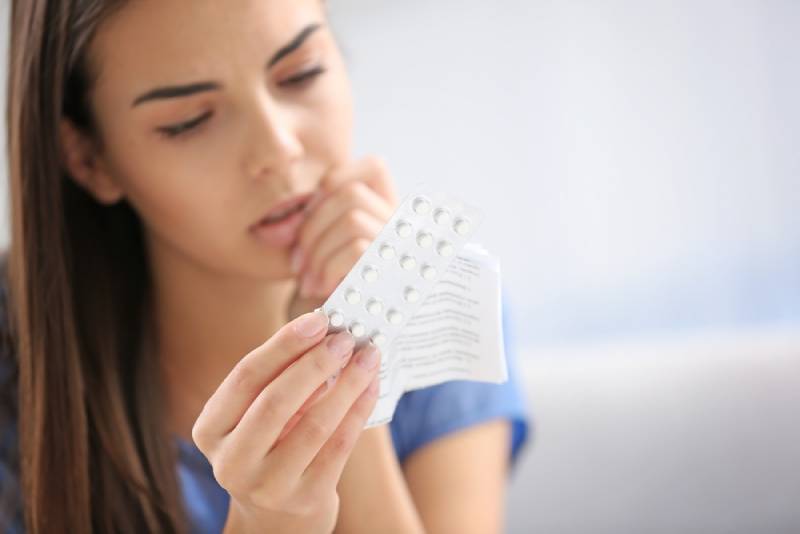
Medication such as cabergoline and bromocriptine are often mentioned when we talk about drugs that can lower your breast milk supply. Cabergoline, in particular, works by lowering your prolactin levels.
This is a hormone that plays a key role in your letdown reflex and lowering it means that you won’t produce as much milk.
Since this should be considered as a last resort, talk to your healthcare provider about whether cabergoline is a good idea for you.
When it comes to bromocriptine, it’s no longer used for the purpose of suppressing milk production because of very serious long-term side effects. Some of them include strokes and cardiovascular disorders.
The Food and Drug Administration (FDA) states that some experts believe cabergoline is a safer alternative than bromocriptine but the final decision is down to your doctor.
4 Treatments To Avoid
There is plenty of well-meaning (but still incorrect) advice out there when it comes to how to dry up breast milk.
Here are some treatments you should avoid if you’d like to have as painless an experience as possible.
1. Reducing your water intake

Moms who breastfeed are often told to drink enough water if they want a healthy supply of milk.
But let’s not forget that water is important for our overall health, so whether you’re breastfeeding or planning to wean, you should make sure to stay hydrated every day.
Although it’s easy to conclude that less water intake equals less supply, there hasn’t been any scientific confirmation that this works.
And even if it did, you shouldn’t deprive your body of something so important such as water, so keep drinking that H2O!
2. Breast binding

Breast binding is a very common piece of advice when it comes to drying up your supply – one that I advise against.
While keeping your breasts supported when weaning is important, this can be achieved with a good quality sports or nursing bra.
The risk that comes with binding your breasts is mastitis (more on this below) and worsening symptoms of engorgement because your breasts are wrapped very tightly.
However, you can bind your breasts as long as you don’t wrap the fabric too tightly.
3. Massaging your breasts

When your breasts are uncomfortably full, you might be tempted to give yourself just a quick massage to find some relief.
But other than hand expressing milk, only when it’s absolutely necessary, you shouldn’t touch or stimulate your breasts in any way.
This sends the signal that your body needs to make more milk which is the last thing that you need right now, so keep physical contact with your breasts to a minimum.
4. Taking a long, hot shower

Hot showers are a double-edged sword when it comes to drying up your supply.
On one hand, they provide you with relief because the hot water helps with the tension in your muscles and a long shower is simply relaxing.
On the other hand, the pressure of the water might actually trigger the letdown reflex.
While this shouldn’t be a problem if you’re taking a short shower, avoid standing with your breasts directly against the stream of the water.
How To Make Drying Up Your Breast Milk More Comfortable
Unfortunately, there is always some degree of discomfort when you decide to stop breastfeeding. Here are some tips on making this process easier.
1. Take over-the-counter pain relievers
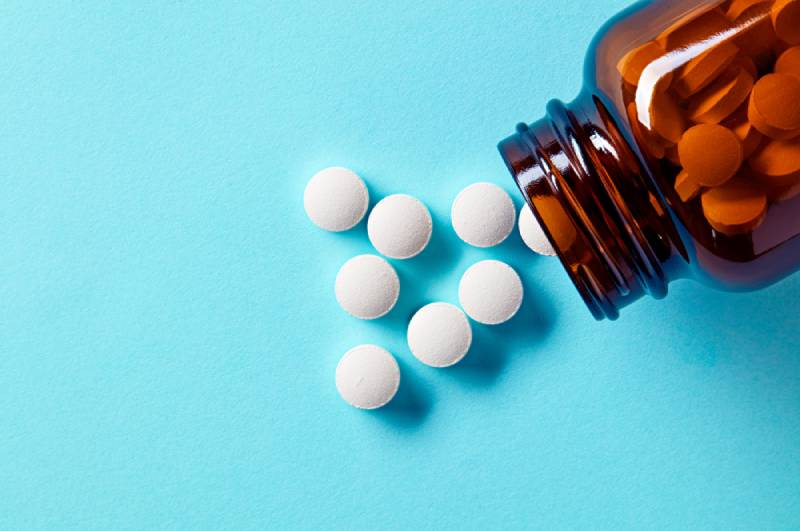
Pain relievers such as acetaminophen and ibuprofen are an effective remedy when the pain and swelling in your breasts gets too uncomfortable, especially when you’re trying to catch up on some precious sleep.
Don’t feel as though you need to grit your teeth and power through it when you can just pop an ibuprofen and doze off.
2. Have disposable breast pads at the ready
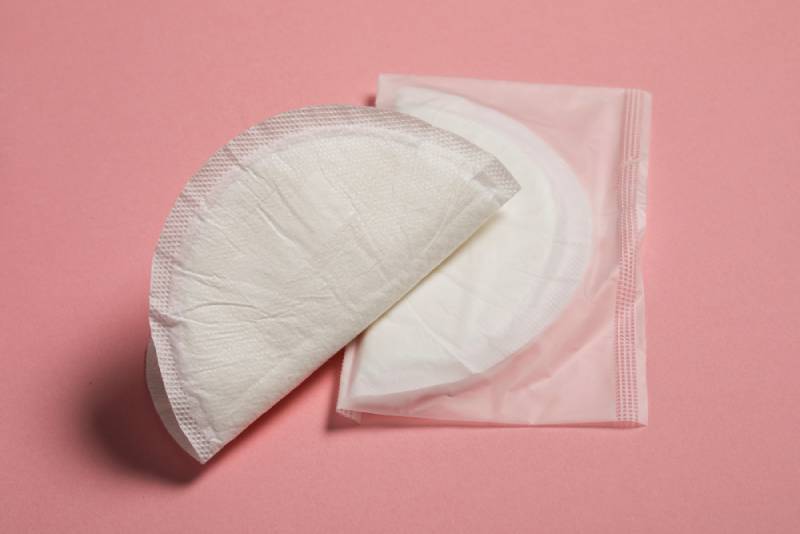
Remember those disposable breast pads (also known as nursing pads) you had to use when you first started your breastfeeding journey and were leaking everywhere? It’s time for them to return.
Now that your little one isn’t nursing anymore, you can expect your breasts to start leaking again, especially when your baby is crying.
Change them frequently and always pack an extra pair when you’re on the go.
3. Use a cold compress
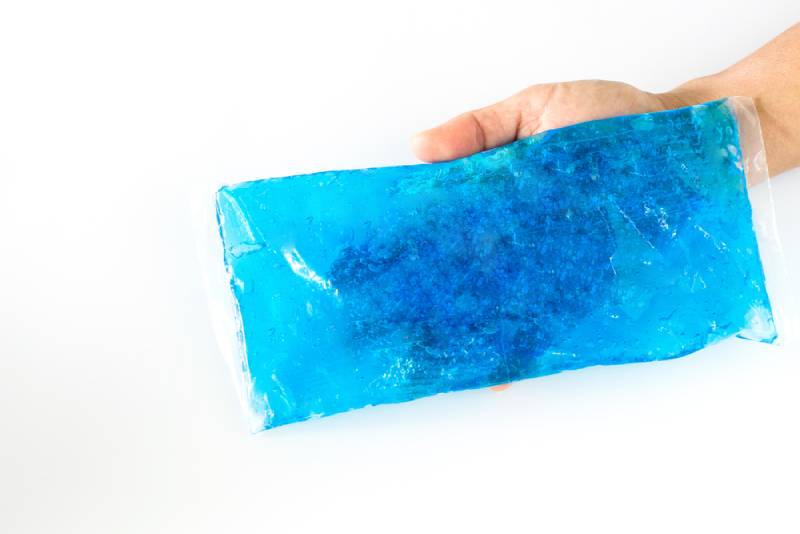
Whether it’s an ice pack, a wet washcloth that you left in the freezer for a couple of hours, or a bag of frozen broccoli, a cold compress is your friend.
Of course, they’re not going to be of much help when it comes to drying up your supply, but they make the process more bearable by numbing your breasts and reducing inflammation.
Possible Complications Of Drying Up Breast Milk

Now that you know how to dry up breast milk as safely as possible, you should keep in mind some of the following complications that can arise as a result of stopping breastfeeding.
You might not experience any complications whatsoever, but recognizing certain symptoms ahead of time can make your recovery faster in case things don’t go as smoothly.
I have already mentioned mastitis, which is an infection caused by a plugged milk duct. If you have this infection, you might feel as if you have the flu.
Some moms also run a high fever, have very warm breasts, and can feel a lump (or more) on the inside of the breast.
Mastitis can be treated at home but you can also speak to a healthcare professional or a board-certified lactation consultant to see how you can treat it while weaning your baby.
But not all complications are purely physical.
Stopping breastfeeding can bring about mood changes that are difficult to manage, so don’t be surprised if you notice that you’re feeling more irritable or sad than usual.
How Long Does It Take For Breast Milk To Dry Up?

The length of time it takes to dry up your milk supply will depend on many factors.
How long you have been breastfeeding and whether the supply of milk is well-established will play a role.
Moms who take the gradual approach will need at least a couple of weeks while women who decide to abruptly stop breastfeeding probably won’t need that long.
It’s also possible that you will still produce small amounts of milk a couple of months after you’ve stopped breastfeeding. Be patient and gentle with yourself as your body adjusts to this new development.
Final Thoughts
No matter how far you have made it with your breastfeeding journey, I would like to let you know it was very brave of you to try it in the first place.
Every mother knows that the first few weeks are filled with breastfeeding pain, cracked nipples, and exhaustion from having to nurse so often.
Now that this journey has come to an end, you need to take steps to ensure that the transition is as smooth as possible.
Knowing which treatments to avoid is just as important as knowing which ones to go for, so I hope that my tips on how to completely dry up breast milk were useful to you.
Avoid binding your breasts and abruptly stopping breastfeeding if possible, and try to ingest anti-galactagogue herbs such as peppermint.
Also, you can give lactation suppression creams a chance if traditional remedies aren’t doing a good job.
Remember to hand express milk only, and keep physical contact with your breasts to a minimum until your supply drops. Good luck!
References:
“Pseudoephedrine: effects on milk production in women and estimation of infant exposure via breastmilk” by Khalidah Aljazaf, Thomas W. Hale, Kenneth F. Ilett, Peter E. Hartmann, Leon R. Mitoulas, Judith H. Kristensen, and L. Peter Hackett published in British Journal of Clinical Pharmacology in July 2003. Accessed September 8, 2020.
“Cabergoline use while Breastfeeding” published by Drugs.com on July 26, 2020. Accessed September 8, 2020.
READ NEXT: How To Decrease Milk Supply In 15 Easy Ways
Like this post? Please share or pin it for later. You can also stay in the loop and follow us on Facebook, Instagram and Pinterest.

This post contains affiliate links. Please see our full disclosure or more info.

